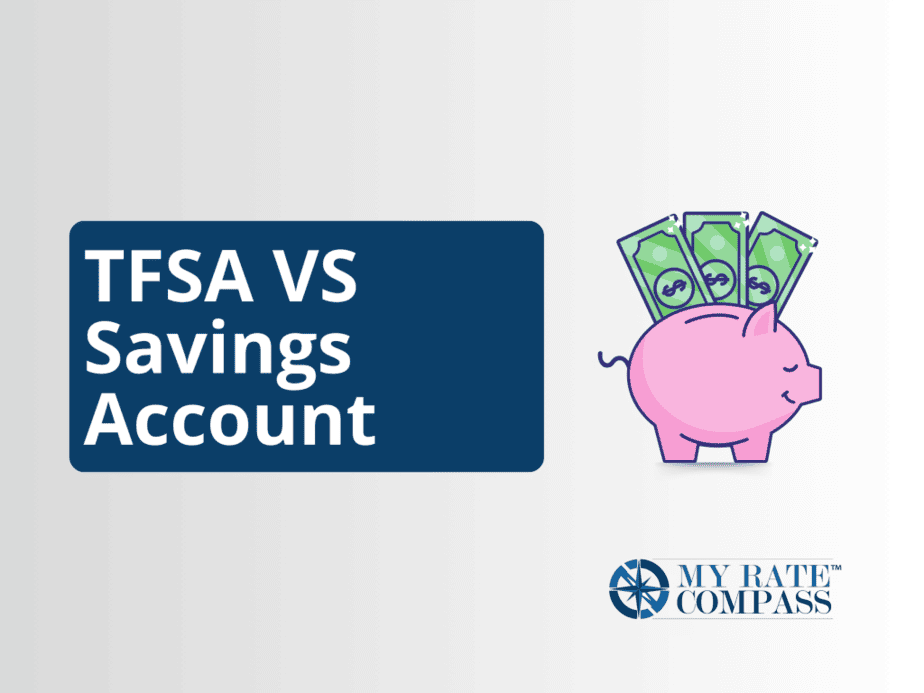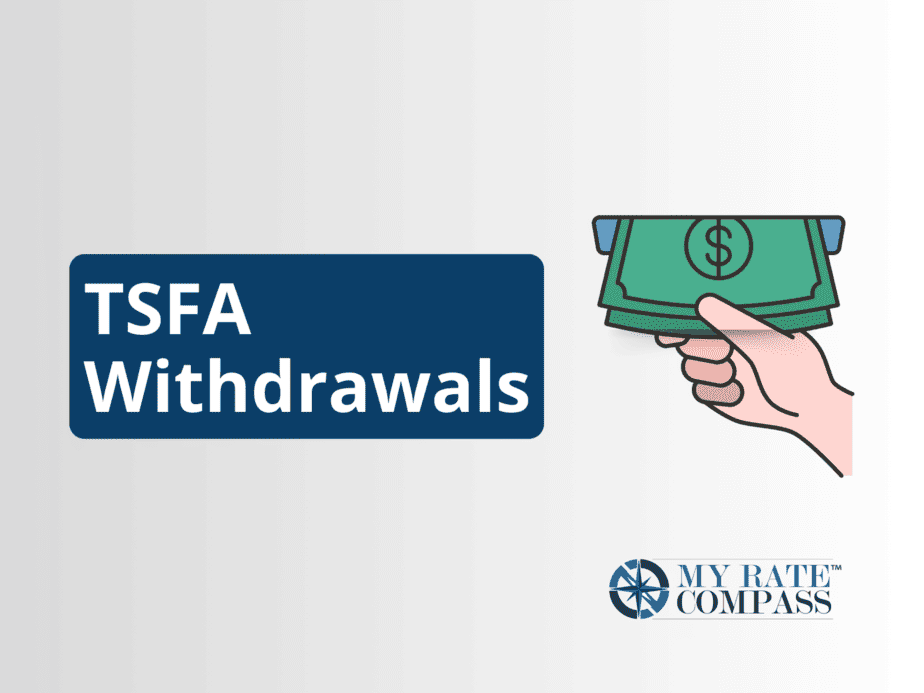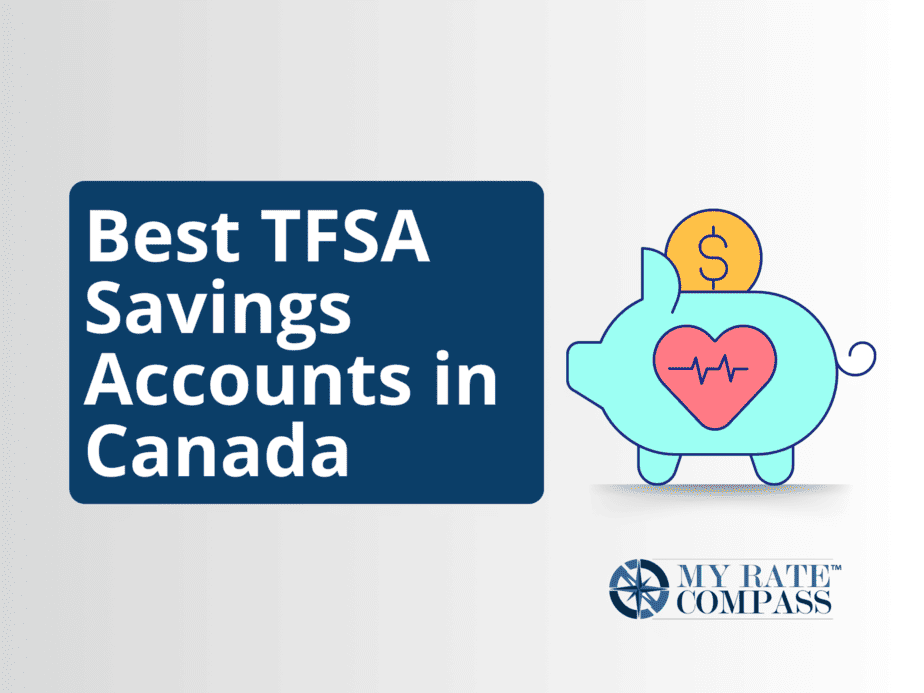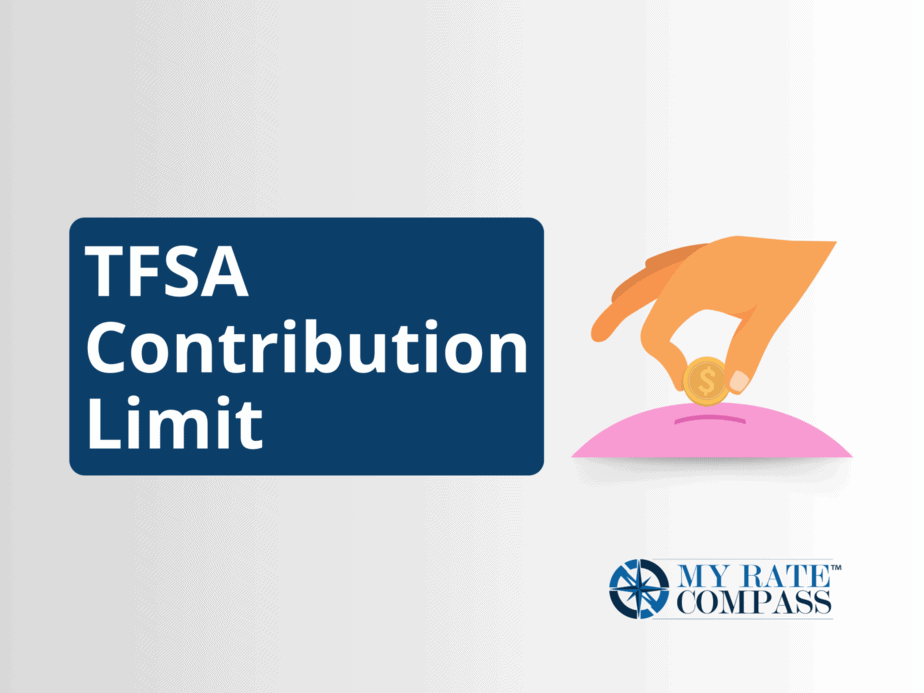Choosing the right savings vehicle for your money can be a tricky decision. TFSA versus savings accounts are two options available to Canadians, and they both have their own advantages and disadvantages.
What is a TFSA?
The TFSA (Tax-Free Savings Account) allows Canadians aged 18 or over to set aside after-tax income in a tax-advantaged account up to a certain limit each year. Withdrawals from TFSA‘s are not subject to any taxes, while earnings on investments held in TFSA’s do not need to be reported on your taxes either.
What is a savings accounts
Savings accounts are more traditional than TFSA’s, and they are available in both conventional and high-interest varieties. The interest earned on funds deposited into a savings account is taxable, so it is important to keep track of your earnings so you can declare them on your taxes. Savings accounts also typically have lower annual contribution limits than TFSA’s, and some may even require minimum balances or deposits to be kept in the account. Savings accounts can be a good option for those looking for more flexibility with their finances as there are no limits on the number of withdrawals one can make.
What is a TFSA and what are the benefits of using one over a savings account?
TFSA’s are a great way to grow money tax-free and can be used to save for short-term goals or long-term investments. The annual TFSA contribution limit is currently 6,500 per year, with cumulative room of up to 95,000 in 2023. TFSA’s also give you more flexibility as withdrawals from TFSA’s are not subject to any taxes and earnings on investments held in TFSA’s do not need to be reported on your taxes either.
On the other hand, savings accounts can offer higher interest rates than TFSA’s depending on the type of account you have, but they have lower deposit limits and require that any interest earned be declared on your taxes. Savings accounts also usually have a minimum balance requirement as well as limits on the number of withdrawals one can make in a given period.
Ultimately, TFSA’s and savings accounts both have their own unique benefits and drawbacks, so it is important to weigh your options carefully before choosing which one is right for you.
How to open a TFSA and contribute money to it
Opening a TFSA is fairly simple, and you can do so through most major banks. You will need to provide your Social Insurance Number (SIN) or Individual Tax Identification Number (ITN) to open the TFSA account and start contributing money towards it.
Contributing funds into your TFSA can be done either by making regular contributions or one-time deposits. Regular contributions, such as monthly transfers from your bank account are best for longer-term savings goals, while one-time deposits are more suited for shorter-term goals. Remember that any withdrawals from the TFSA will reduce your available contribution room for future years.
It is important to note that TFSA’s can be used to invest in a variety of different products, such as stocks, bonds, mutual funds and Exchange-Traded Funds (ETF’s). Investing in TFSA’s is a great way to build wealth without having to worry about taxes. However, it is best to speak with an investment advisor before making any investments in TFSA accounts.
The different types of investments you can make with a TFSA
TFSA’s can be used to invest in a variety of different products, such as stocks, bonds, mutual funds and Exchange-Traded Funds (ETF’s). Investing in TFSA’s is a great way to build wealth without having to worry about taxes. Stocks are one of the most popular investments made with TFSA accounts, and there are many online brokers that offer low-cost trading options. Bonds and ETF’s can also be good options if you are looking for more passive investments that generate income over time. Mutual funds may provide more diversification than individual stocks or ETF’s but they usually come with higher management fees.
It is also a good idea to speak with an investment advisor if you have questions or need help selecting the right TFSA investments for your financial goals.
Overall, TFSA’s can be a great way to save and invest without worrying about taxes. While they are not as flexible as savings accounts, TFSA’s offer a unique opportunity to grow wealth in the long-term without having to pay taxes on the earnings generated from the investments held within them. It’s also a good idea to do some research and speak with an investment advisor before making any TFSA investments. With some careful planning and thoughtful decision making, TFSA’s can be an effective tool for creating long-term wealth!
How to withdraw money from your TFSA without penalty
Withdrawing money from a TFSA is just as easy as contributing. You can withdraw funds either via cash withdrawals, direct bank transfers or cheque payments. It’s important to note that you cannot re-contribute the withdrawn funds until the following year and any withdrawals will reduce your TFSA contribution room for future years.
Generally speaking, withdrawing money from TFSA’s without penalty is a good idea if you need emergency funds in the short-term or are making an investment into a non-registered product (such as real estate). However, it is best to speak with an investment advisor about your specific situation before making any TFSA withdrawals to ensure that you don’t incur unnecessary penalties.
The pros and cons of using a TFSA vs a savings account
Both TFSA’s and savings accounts are great tools for saving and investing money. TFSA’s offer the benefit of tax-free growth on investments, while savings accounts can provide more liquidity in the short-term.
Pros of TFSA:
• Tax free growth on investments held within TFSA accounts
• Ability to make contributions up to your TFSA contribution limit
• Accessibility to funds without incurring any penalties
Cons of TFSA:
• Limited ability to withdraw funds from TFSA without penalty
• Limited flexibility with investments compared to other non-registered products (i.e. real estate)
Pros of Savings Accounts:
• High liquidity – easy to access funds with minimal penalties in the short-term
• Low risk option for earning interest on your money
Cons of Savings Accounts:
• Lower earning potential than TFSA investments due to low interest rates
Ultimately, TFSA’s and savings accounts both have their place in a financial plan and can be used together to help you reach your long-term goals. Understanding how each option works, your individual financial situation and any associated risks can help make sure that you select the most appropriate
Conclusion
TFSAs and savings accounts both offer unique benefits for Canadians looking to save money or grow their investments. TFSAs allow you to save and invest tax-free up to a certain limit each year, while savings accounts offer higher interest rates but are subject to taxation on the interest earned. Consider carefully which option will best suit your situation before making a decision.







